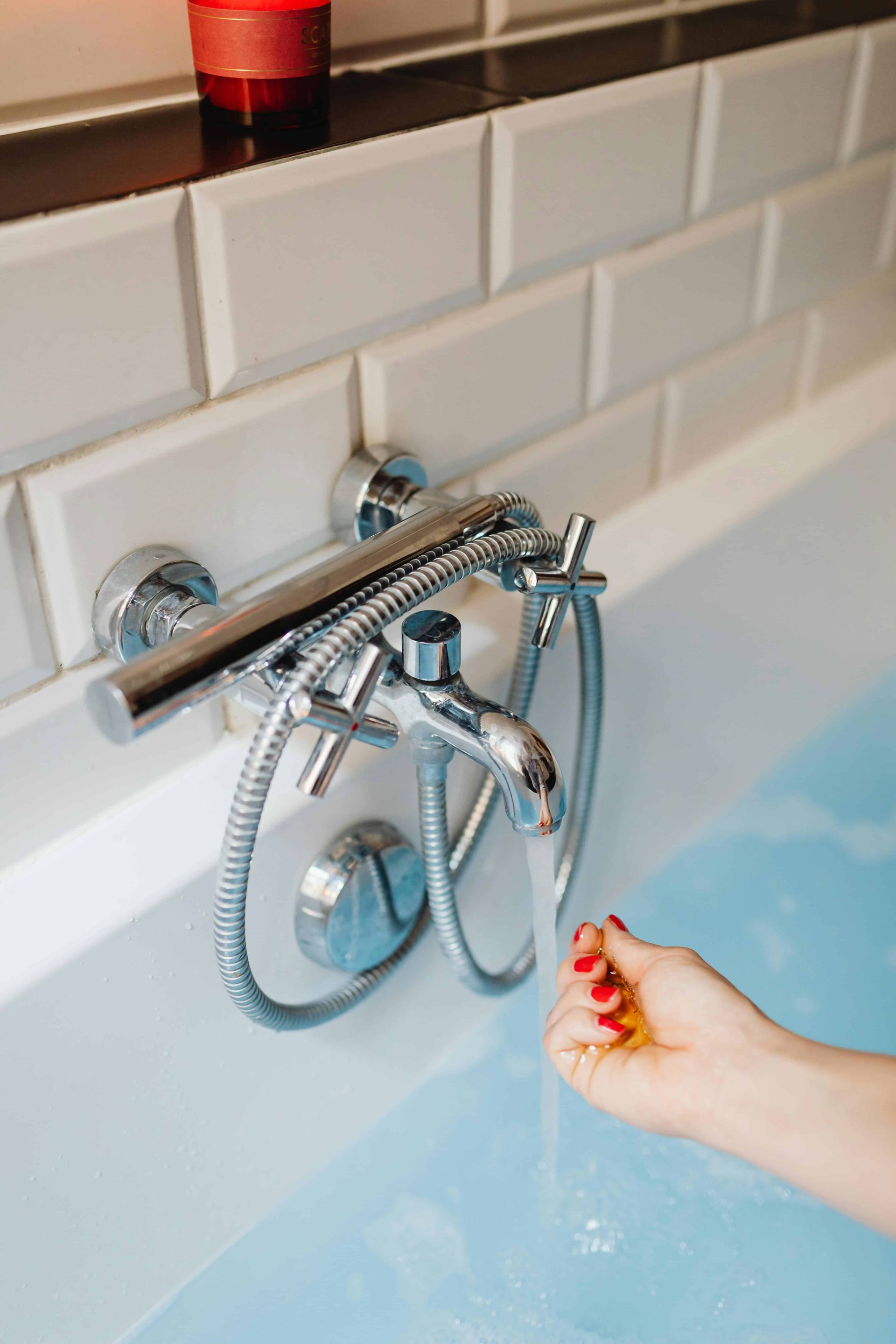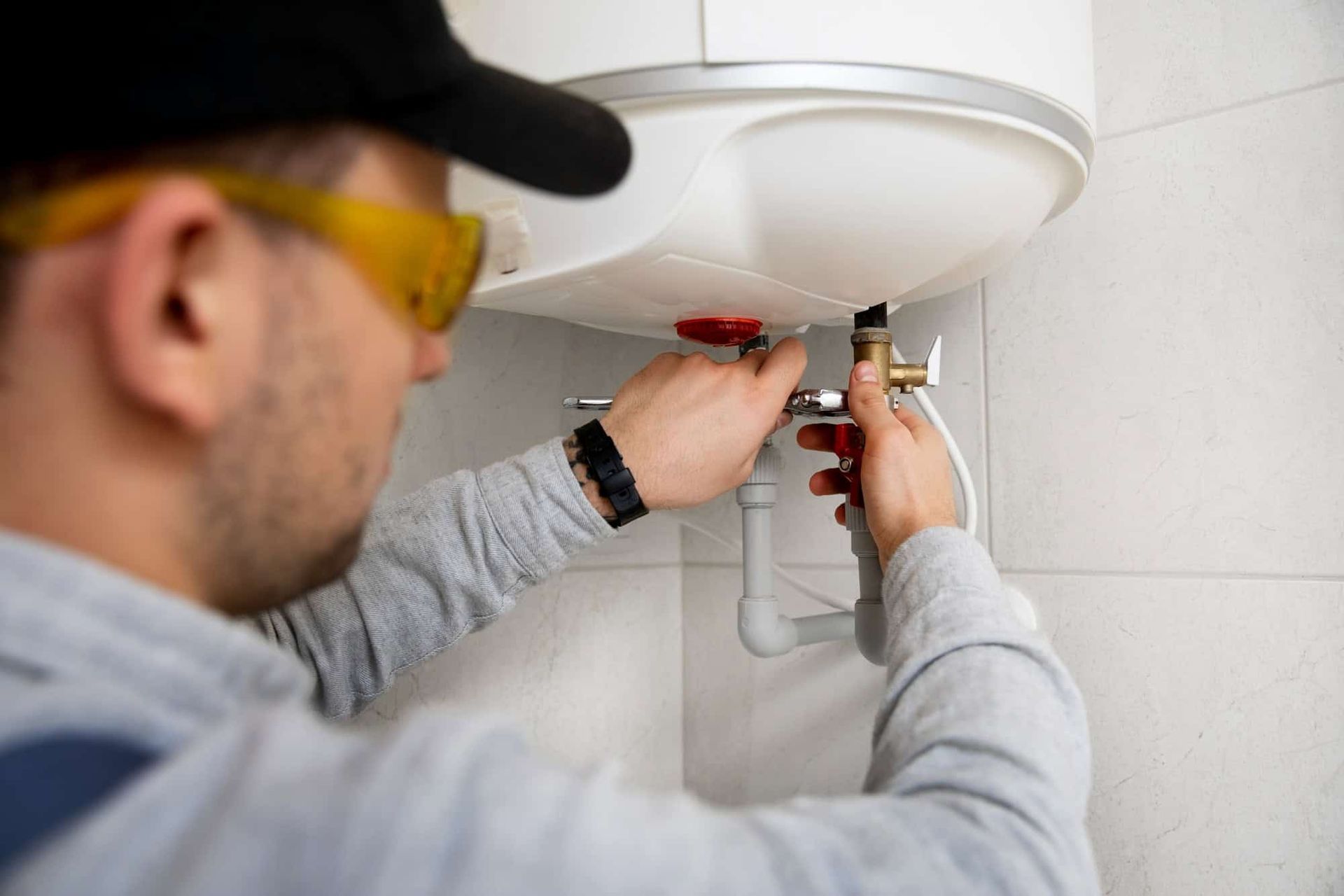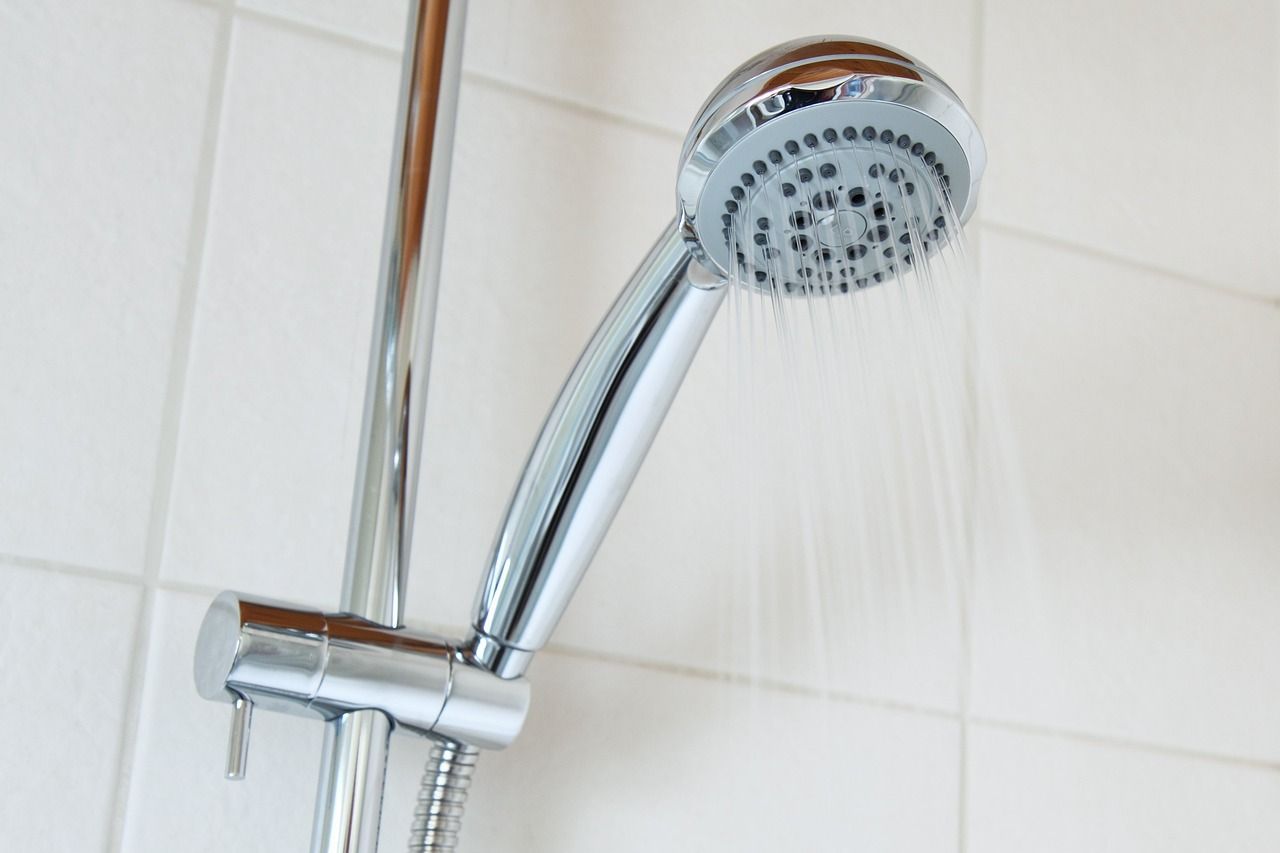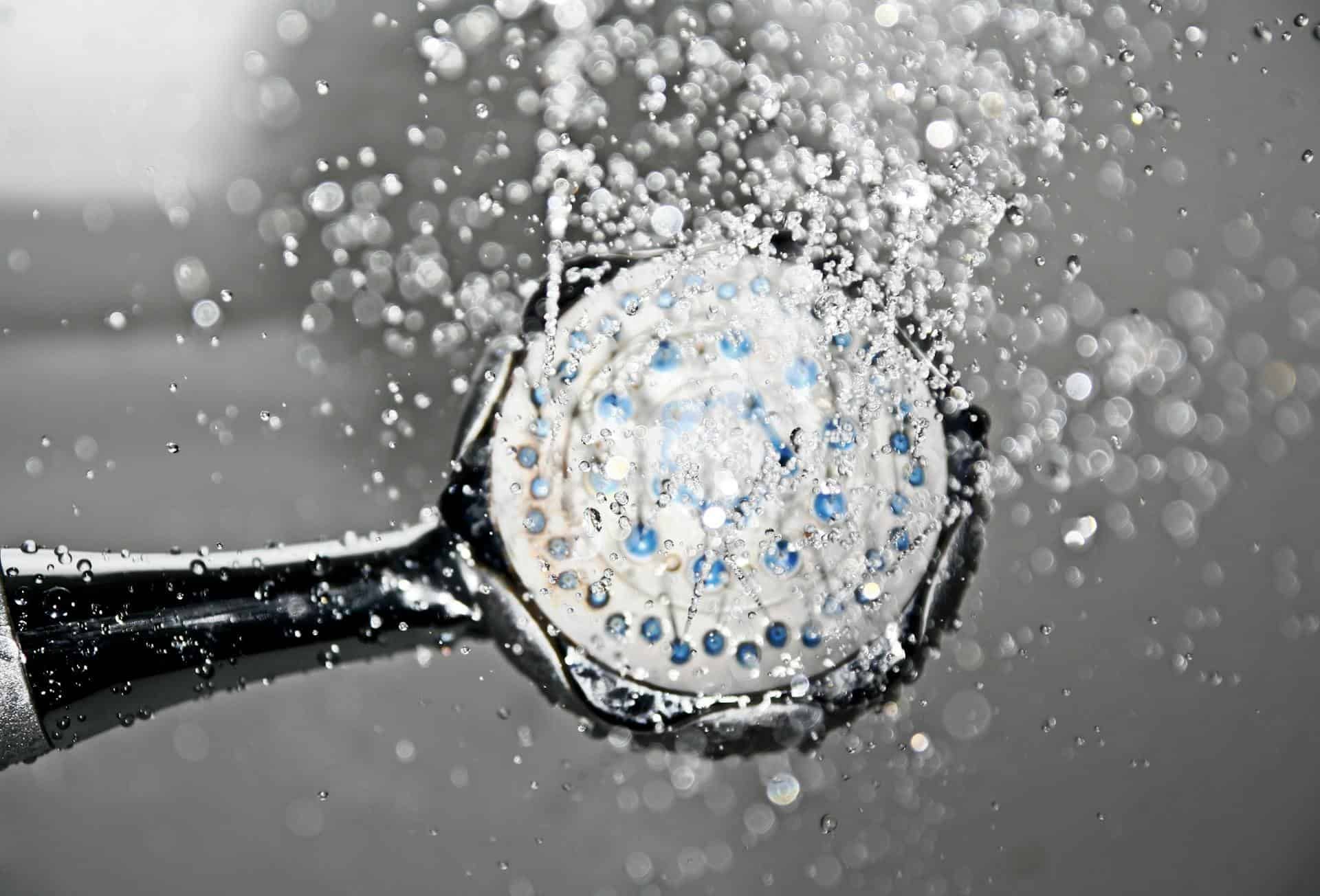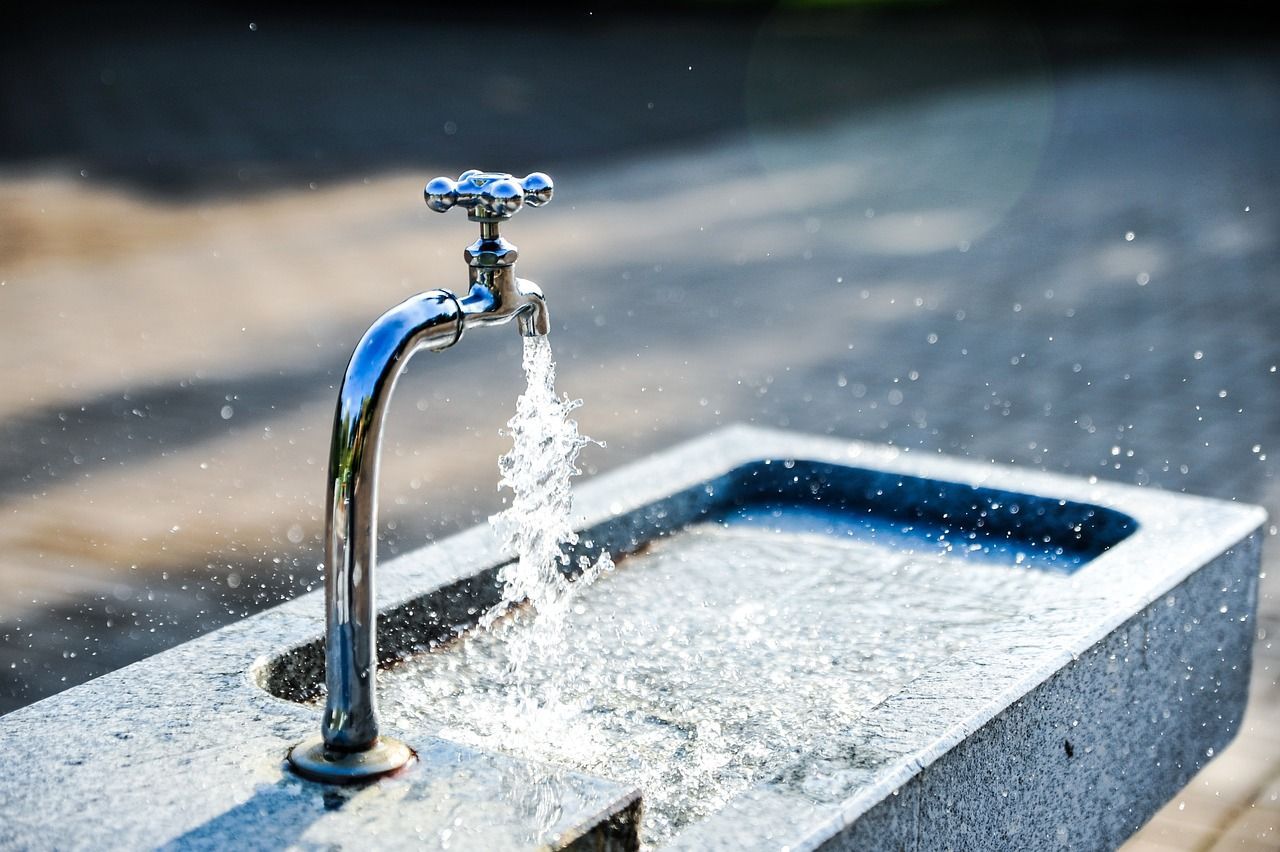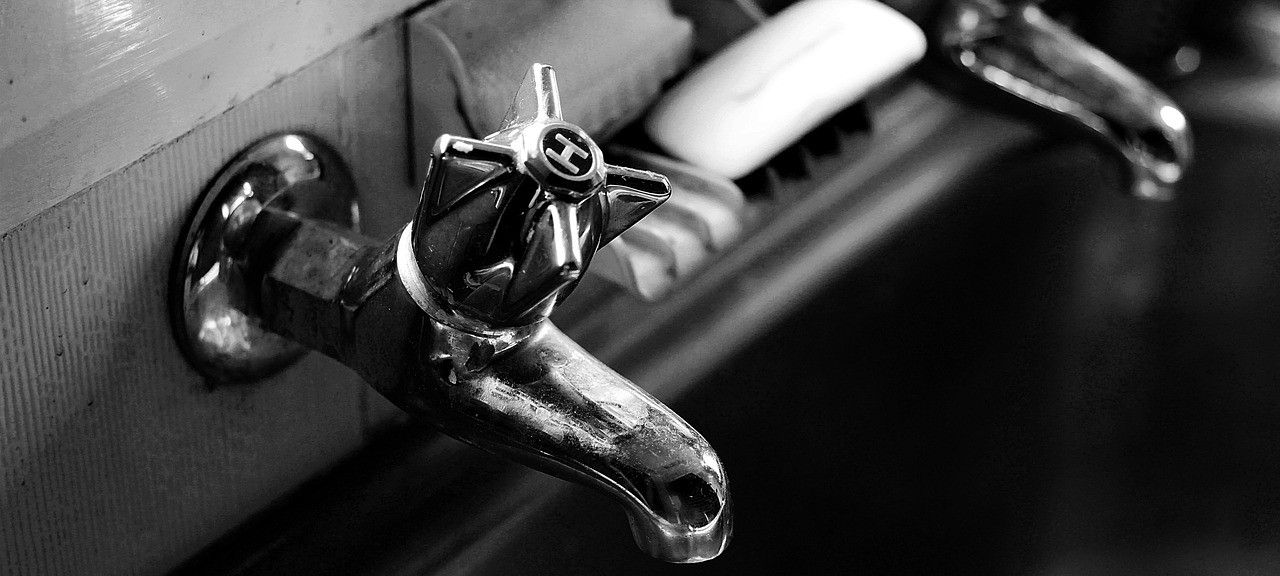Water Heater Maintenance Tips for your home or business
Water heaters work extra hard during the winter days to help you with your household hot water needs. To prolong their life and effectiveness, it is important to take care of them as well in order to avoid any costs due to unexpected repairs.
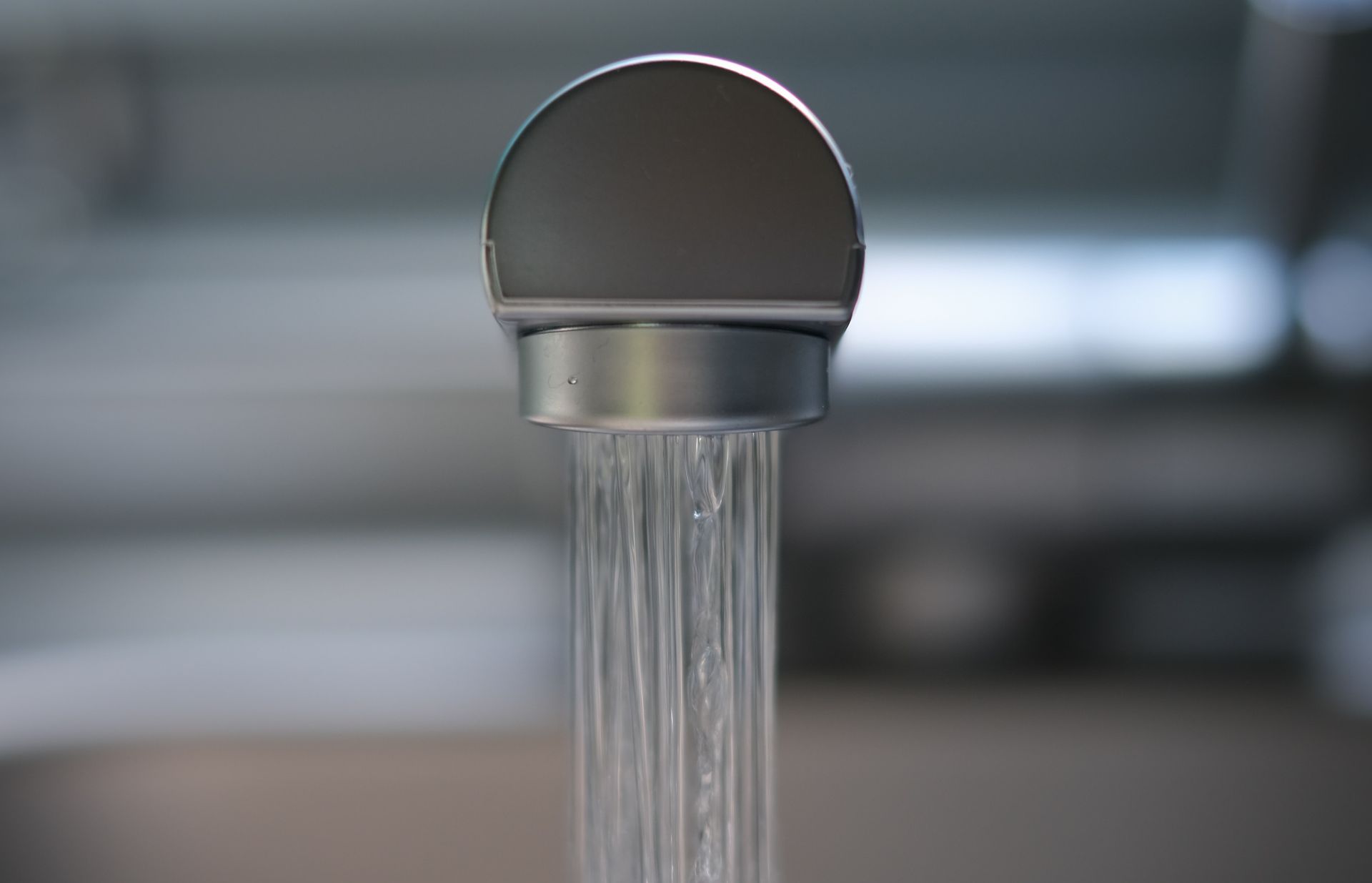
Why do you need regular water heater maintenance?
As in any property, damage and wear and tear are common reasons to keep your water heater well-maintained. If left unkept for a long period of time, water sedimentation occurs, which could lead to corrosion and rusting. Instead of just a small fee for a simple maintenance job, damage to your heater could cost you thousands of dollars for repair or replacement.
There are a few things you can do to avoid plumbing problems due to an ill-maintained water heater.
1.Flush your water heater tank. If you see your hot water coming out rusty or discoloured, some corroding must be happening inside your tank. While this is usually an indication that your water heater needs replacement, if you’re not ready for the high cost, you can do a temporary fix by flushing your tank to get rid of the rusty water.
Flushing regularly, at least twice a year (or more if you have harder water), can do so much to prevent
plumbing emergencies from happening.
2. Inspect the anode rod. The anode rod plays the important role of attracting sediments and minerals so that they do not stick to your tank. They help in protecting your tank from corrosion which causes irreparable damage. Regular inspection of your rod can ensure that it is still working as it should or if it needs replacement.
Some common things to check for are rod deterioration and calcium carbonate. Calcium Carbonate can sometimes build up on your rod, which prevents it from corroding. When your anode rod doesn’t corrode, it does not do its job properly. The contaminants and other elements go to your tank instead.
To check for corrosion on your anode rod, you need to make sure that your water system is turned off and your tank is drained. If your anode rod is corroded, you can remove it yourself using a wrench and replace it with a compatible one. If you are unsure of how to do this, you can contact a local plumber to help you out.
3. Check your Pressure and Temperature Relief Valve. This valve is responsible for making sure that pressure and temperature do not go over the prescribed limit. For safety reasons, it is highly critical that your valve is working properly and not faulty.
To check if your P&T valve is working, all you need is a bucket and closed-toe shoes to avoid scalding. Locate the valve, place the bucket below the discharge tube and check if the tube is securely fastened. Discharge about ¼ cup of water into the bucket by pulling the valve’s lever. Release the lever, and if it doesn’t snap back into place, your valve is faulty and needs a replacement.
4. Check for water heater leaks. To check for water leaks, you could listen for water dripping. If you hear something but don’t see any water pooling around your water tank, the leak could be inside. Inspect the pipes that go into your tank. The leak could be where the pipes meet with the entry points. You could also check under the tank for water pools. If this is the case, your drain valve could be the problem.
5. Clean your water heater exterior. Dust, debris, and sediment can also build up outside your water heater. Regularly wipe your heater with a clean cloth and sweep for debris collected over the past months. Maintaining a clean and safe surrounding area can help in prolonging the life of your water heater.
Regular Professional Maintenance and Inspections
Always make sure you schedule regular water heater maintenance to avoid plumbing emergencies. You can do this or have your local water heater experts help you. Contact Ausco Plumbing for all your water heater maintenance needs.


